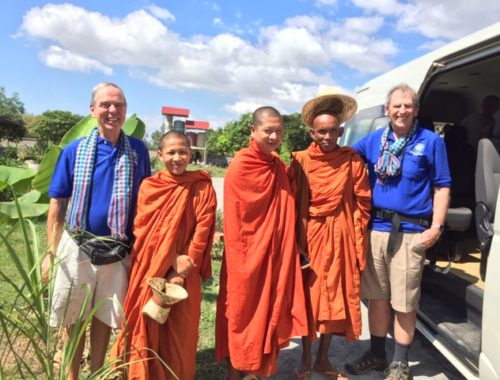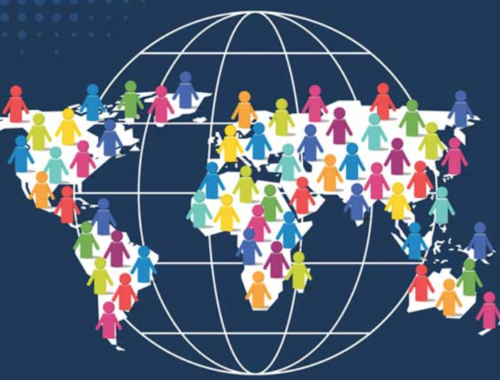National Indigenous Peoples Day

Friday, June 21st was National Indigenous Peoples Day – first introduced in 1996. Many groups did special things. The Rotary Club of Toronto had Chief Stacey La Forme, the Chief of the Mississaugas of the Credit speak, The Globe and Mail had extra articles, the CBC had an increased number of interviews and even GO train announcers encouraged people to use the day as a start to explore Indigenous peoples and their issues in greater depth.
All special days draw increased attention to the people/group being celebrated. With Indigenous Peoples, there is much to be celebrated and learned: their understanding and belief in mother earth, the connectedness of everything, their wisdom, different view of the world and their spirituality, to mention just a few.
In the past few years we have heard a lot about Indigenous Peoples, most of it about their problems and the negative consequences of colonialism. In my capacity as Chair of HIP (Honouring Indigenous Peoples), I am often asked by many people, “Why do we just hear about all of the bad things? – the residential schools, violence against women, the water problems and the slowness of government to take corrective action. Are there not some good things happening?”
The reality is there are a lot of good things happening:
- The number of Indigenous University graduates has increased considerably
- Indigenous voices are being heard
- The arts are flourishing
- Non-indigenous peoples are recognizing they are present on traditional lands, and in increasing numbers are understanding the injustices towards indigenous peoples that have occurred.
Non-Indigenous and Indigenous peoples are meeting together and talking and getting a better understanding People are also asking, “What can I do?”
HIP is a joint venture between Rotarians and Indigenous People. Our Board members are 50% Rotarian and 50% Indigenous and are from coast to coast. Soon we will be 50% women and 50% men. Our focus, after much discussion and input from indigenous peoples, is education and awareness and creating relationships.
HIP is not restricted to Rotary. We would love everyone to become an ally. This in return will lead to awareness and educational initiatives.
One way for non-indigenous peoples to establish a relationship is to visit an indigenous community/reserve and/or a local friendship centre. In and around Toronto and Southern Ontario you could visit the reserves of Six Nations, Tyendinaga and Aga, on Christian Island, Cape Croker and Saugeen, First Nations to name a few. Or go to Crawford Lake, The Canoe Museum, the Pictographs, Sainte-Marie Among the Hurons and your local Friendship Centre.
In B.C. think Haida Gwaii. Alberta, the Blackfoot. Manitoba, the Metis. Quebec, the Cree and in the Maritimes the Mi’kmaq and early settlers. Some places have Pow Wows – a great way to learn about their dances, the heartbeat of the drum and the wisdom of an Indigenous Elder.
If you go, stop and talk to the people and listen to what they have to say. Several years ago, we went to a store in Curve Lake expecting to browse for about 15 minutes, one hour and 45 minutes later we came out having purchased some art and having had some amazing conversations with 4-5 people.
We all look to the government to reconcile issues. For sure governments play a huge role in the process. In reality, it is everyone’s responsibility.
While it is a responsibility it is also a wonderful opportunity to listen and learn.
So, take some time this summer and visit some indigenous places and talk and listen to the peoples. I guarantee it will help you live HIP’s tag line, “Understanding the past and moving forward together.”
There are many other ways you can become engaged To find out more go to HIP’s website www.rotaryhip.com and if you wish to get the HIP newsletter and ongoing information contact Julie Dunaiskis julie@eccgroup.ca
Till next time,
miigwetch
Chris Snyder
June 17-23 - Refugee Week
You May Also Like

Cambodia!
January 13, 2019
Getting Along and the Golden Rule
July 31, 2022